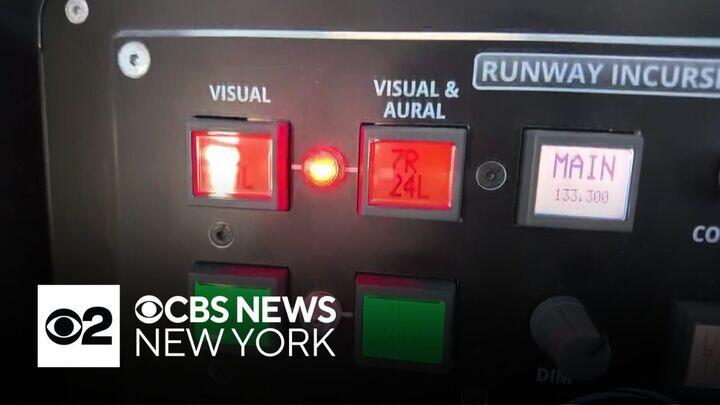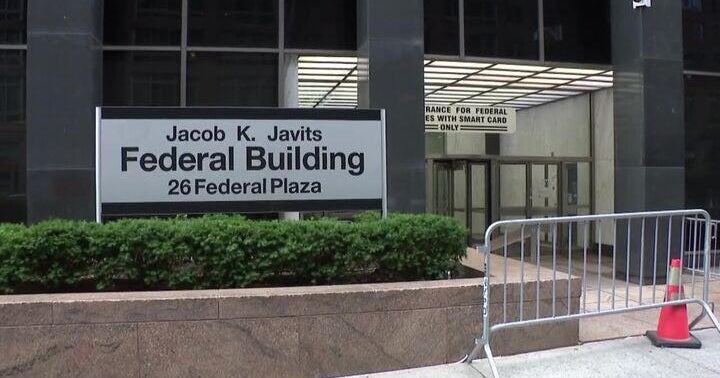FAA's new runway incursion system aims to help boost safety. Here's why they say it's not coming to N.Y. yet.
With flight safety top of mind for many travelers ahead of the holiday weekend, the Federal Aviation Administration is touting new technology it says will keep travelers safe.
One of the new tools is a revamped runway incursion device. Runway incursions occur when a plane is on part of a runway it shouldn't be.
How the new runway incursion device works
The new device alerts controllers if a runway is already occupied, and uses voice prompts and flashing lights to get controllers' attention. It's expected to go online at more than 70 locations nationwide by 2027 - but New York and New Jersey won't be part of the initial rollout.
"What we want to do, going into this, is identify those airports that have perhaps increased risk, and put those safety mitigations in place as early as possible," acting FAA Administrator Chris Rocheleau said. "So that's not to say those 79 airports are the only airports we're looking at."
While the rate of runway incursions has improved, it is still 15% higher than a decade ago. In 2014, there were 26 runway incursions for every million arrivals and departures, compared to 30 in 2024.
New simulators will help controllers get trained faster, FAA says
CBS News New York got an exclusive tour of the FAA's tech center near Atlantic City where the new technology was on display.
While New York and New jersey may not be part of the initial rollout of the runway incursion device, the FAA says it is using other tools here already, like 4K tower simulators that replicate real airports for air traffic control trainees. More than 50 locations, including Newark Airport, have been upgraded with the simulators, the FAA said.
"Using high fidelity tower simulators get us to qualification, certification 25% faster. So that represents a quarter of their time. The more tools we can put in their hands at any location, to include Newark, is going to speed up their time and get folks ready to do the job," FAA transportation specialist Johnny Riaz said.
The simulators allow controllers to train for different weather conditions at various airports. A simulation of a downpour at an airport in Philadelphia can easily be changed to clear skies, for example.
"At this moment in time, when we're dealing with the infrastructure issues and improvements we're trying to bring about, I think it's going to be absolutely critical to keep ourselves as the safest airspace system in the world," Riaz said
Riaz said he believes it is "absolutely safe" to fly right now, and close calls on runways are expected to drop slightly for the second year in a row.





